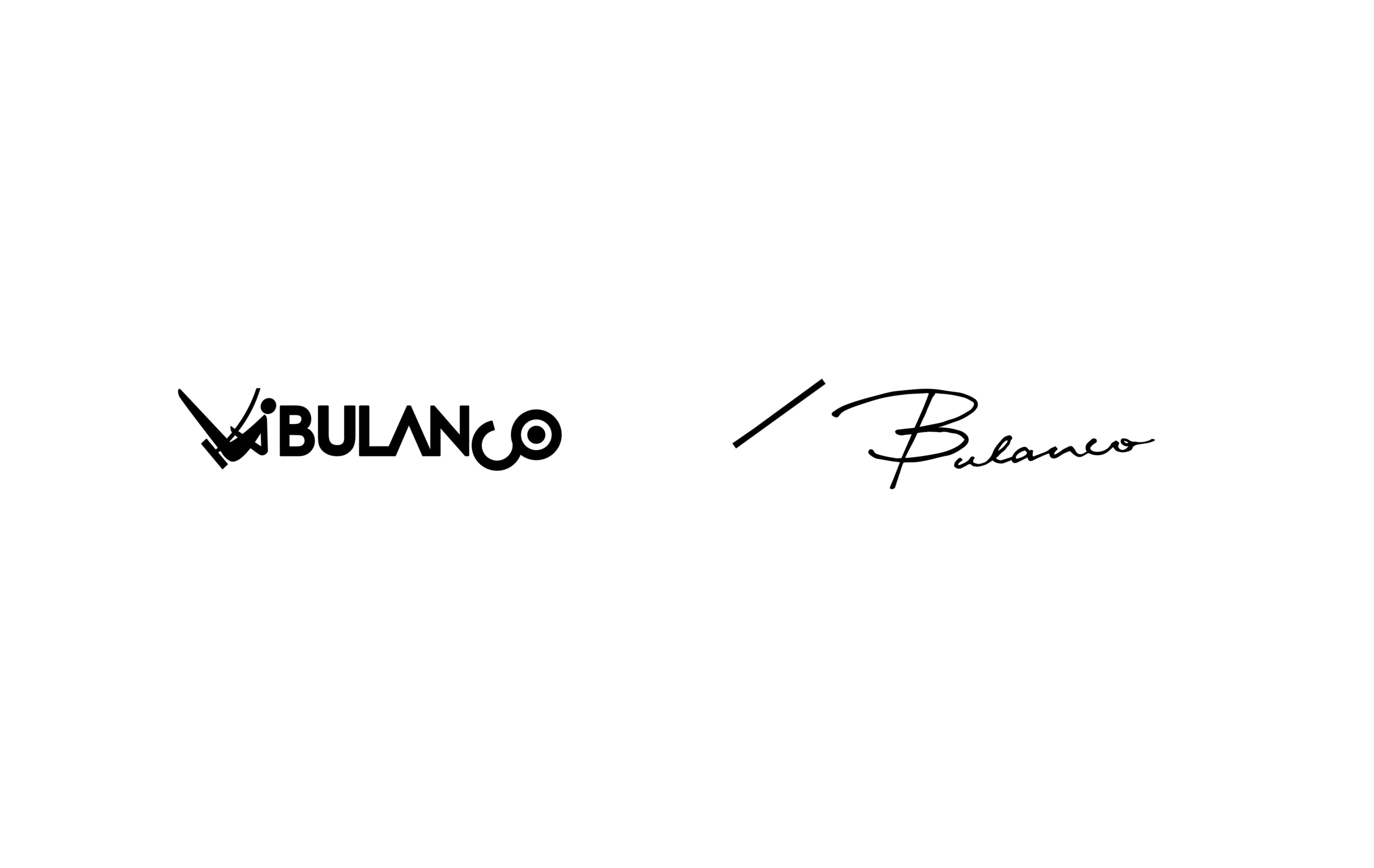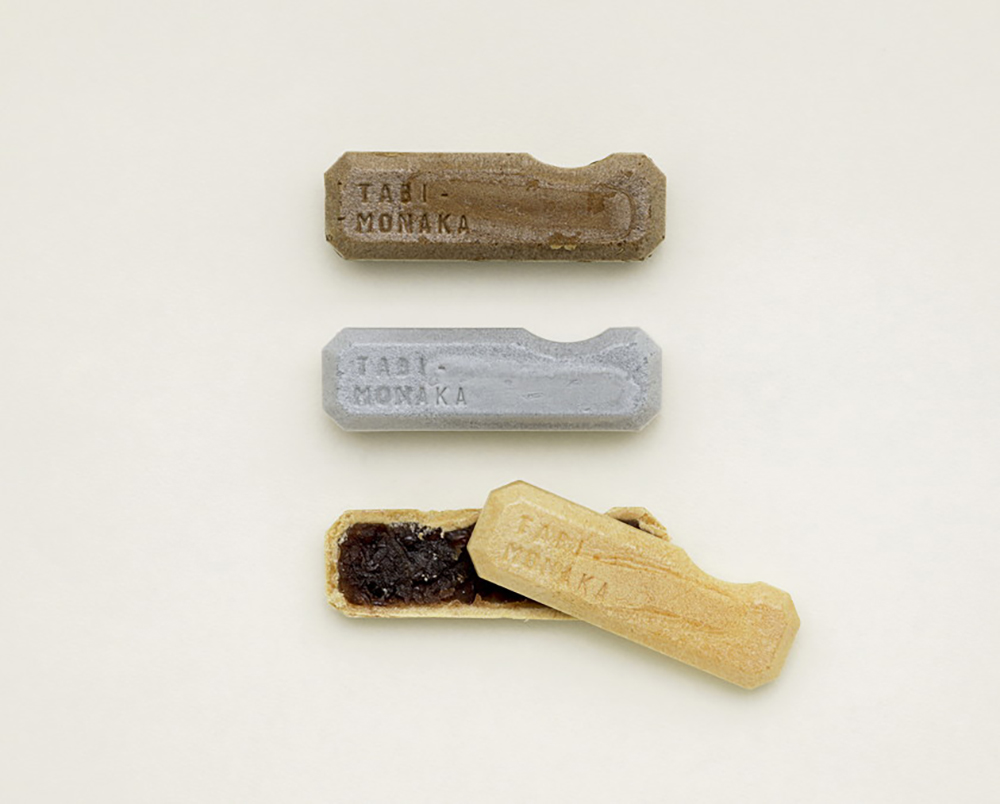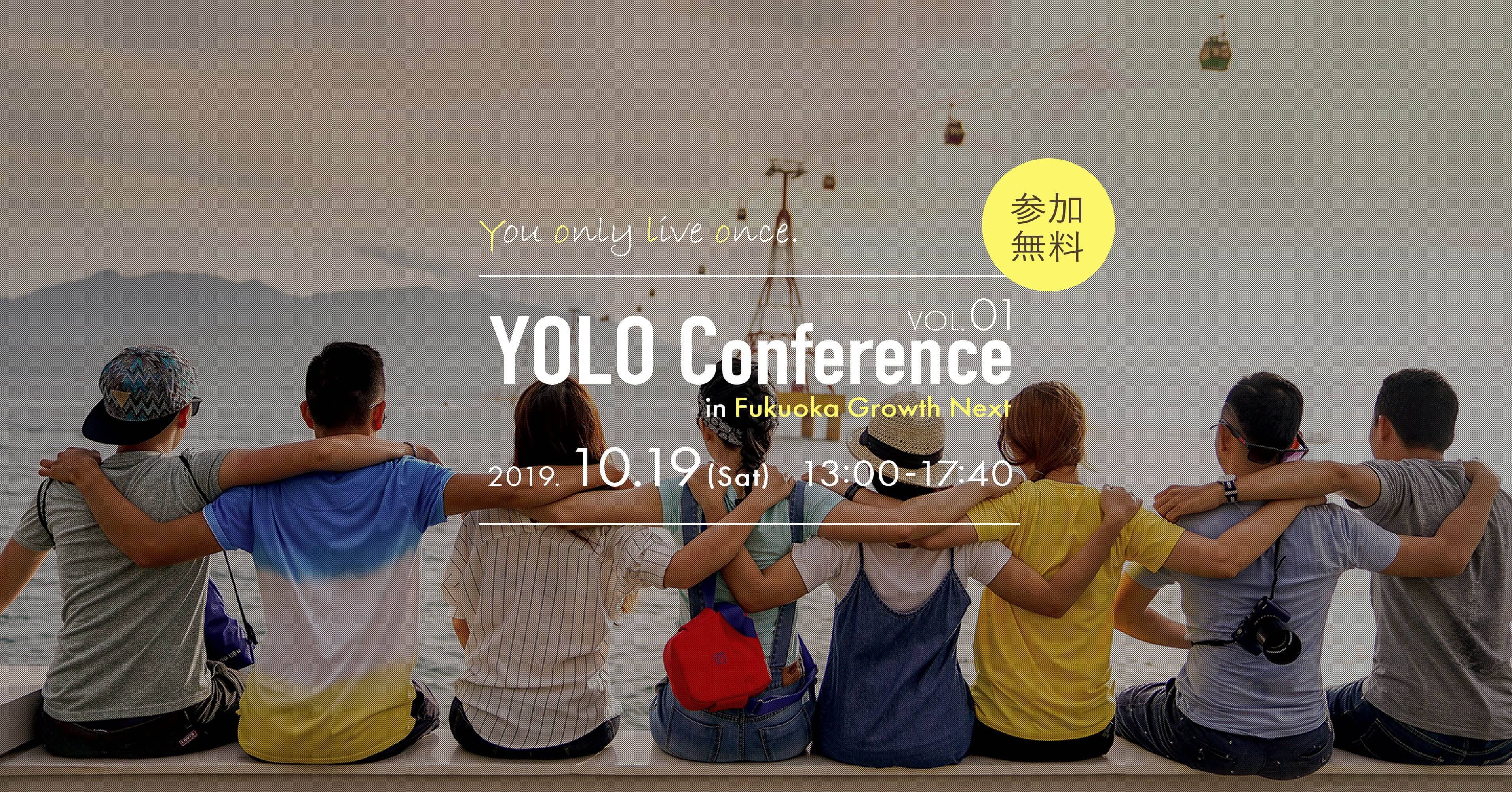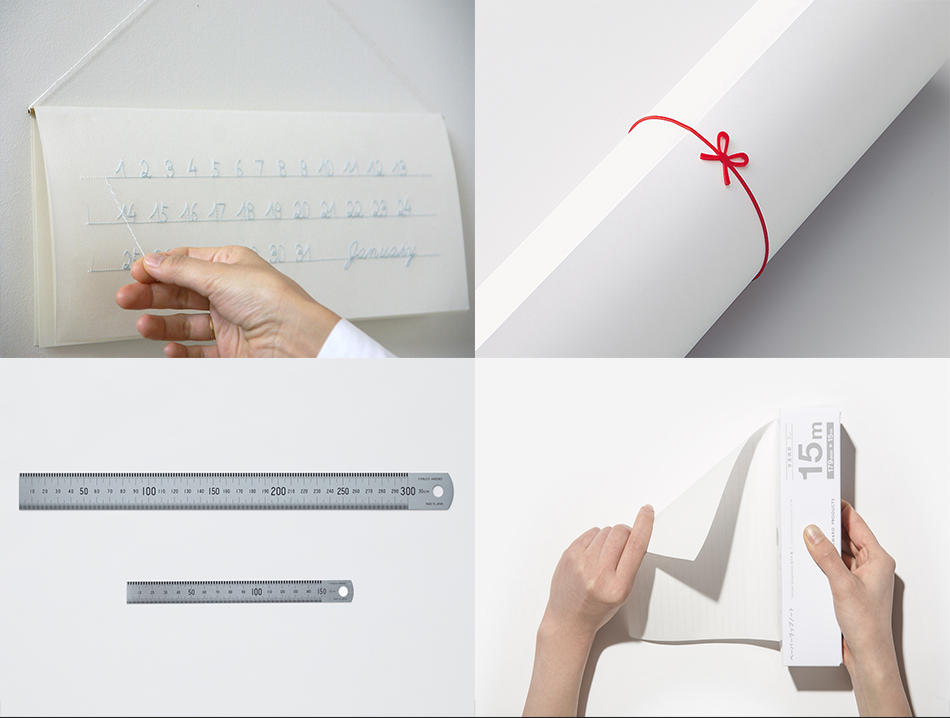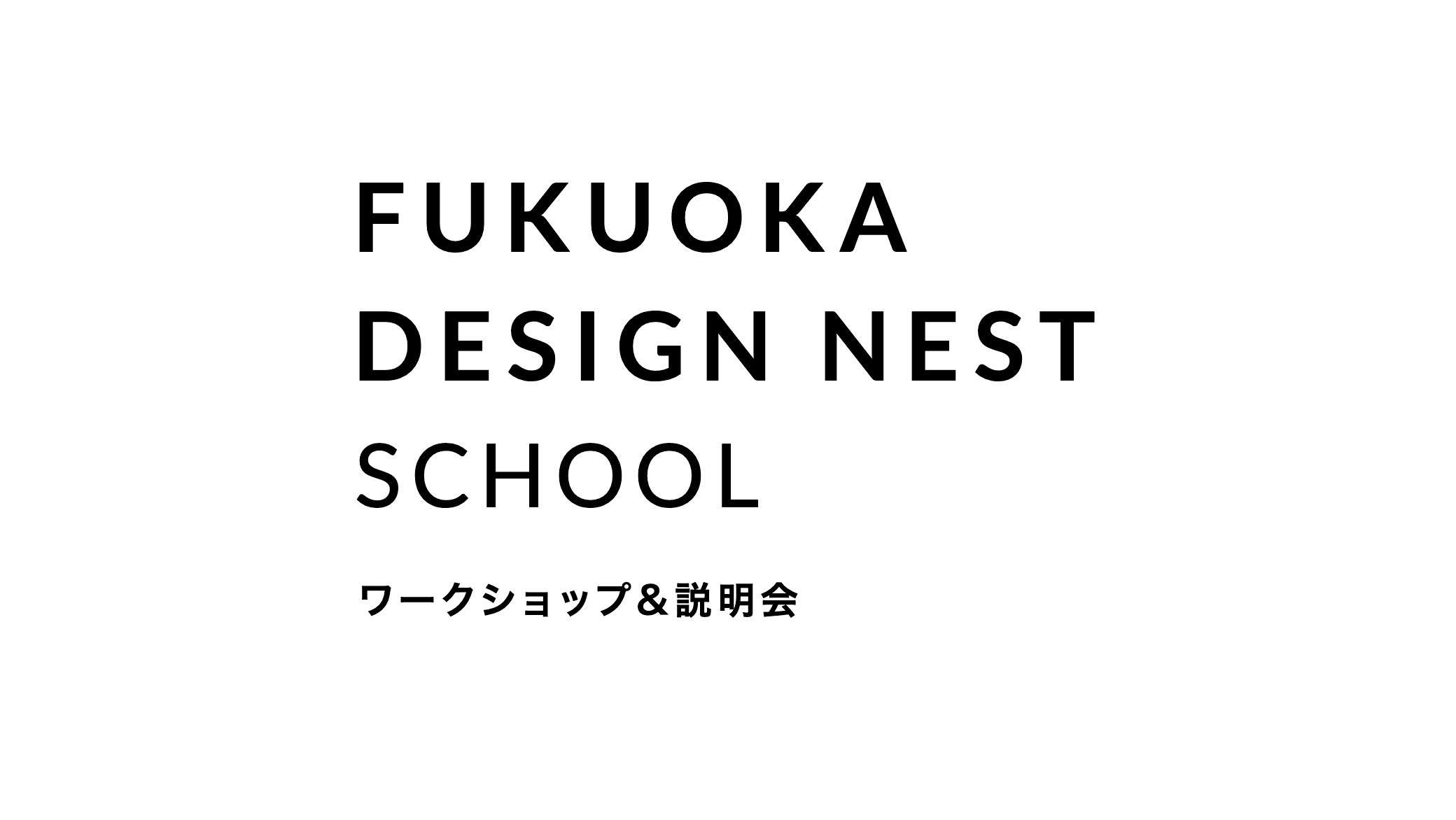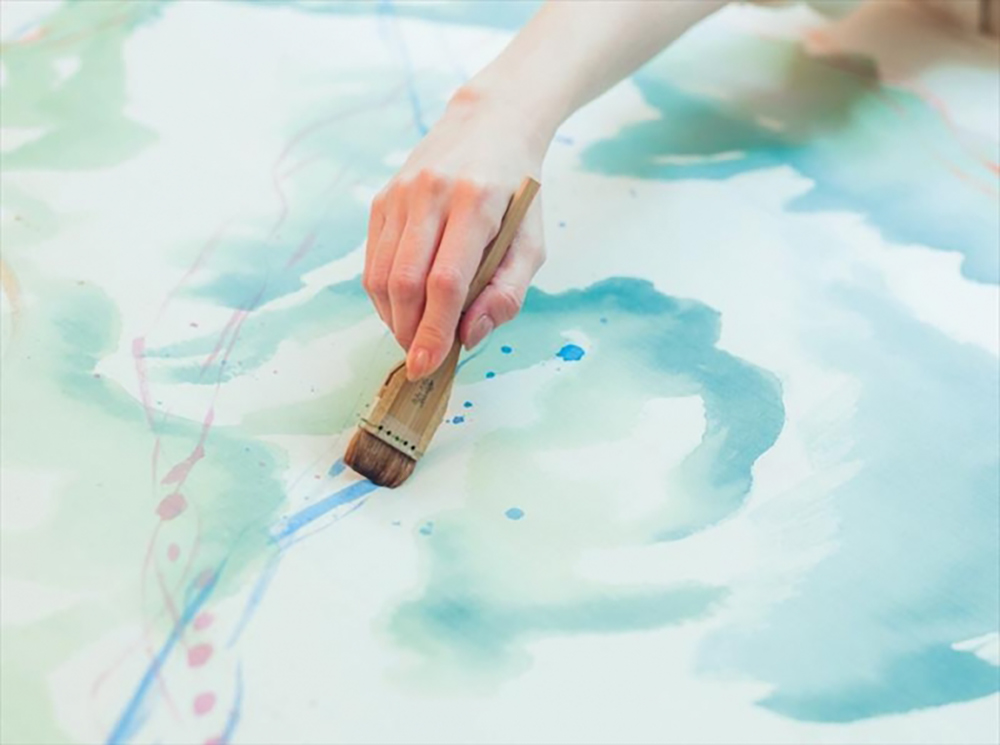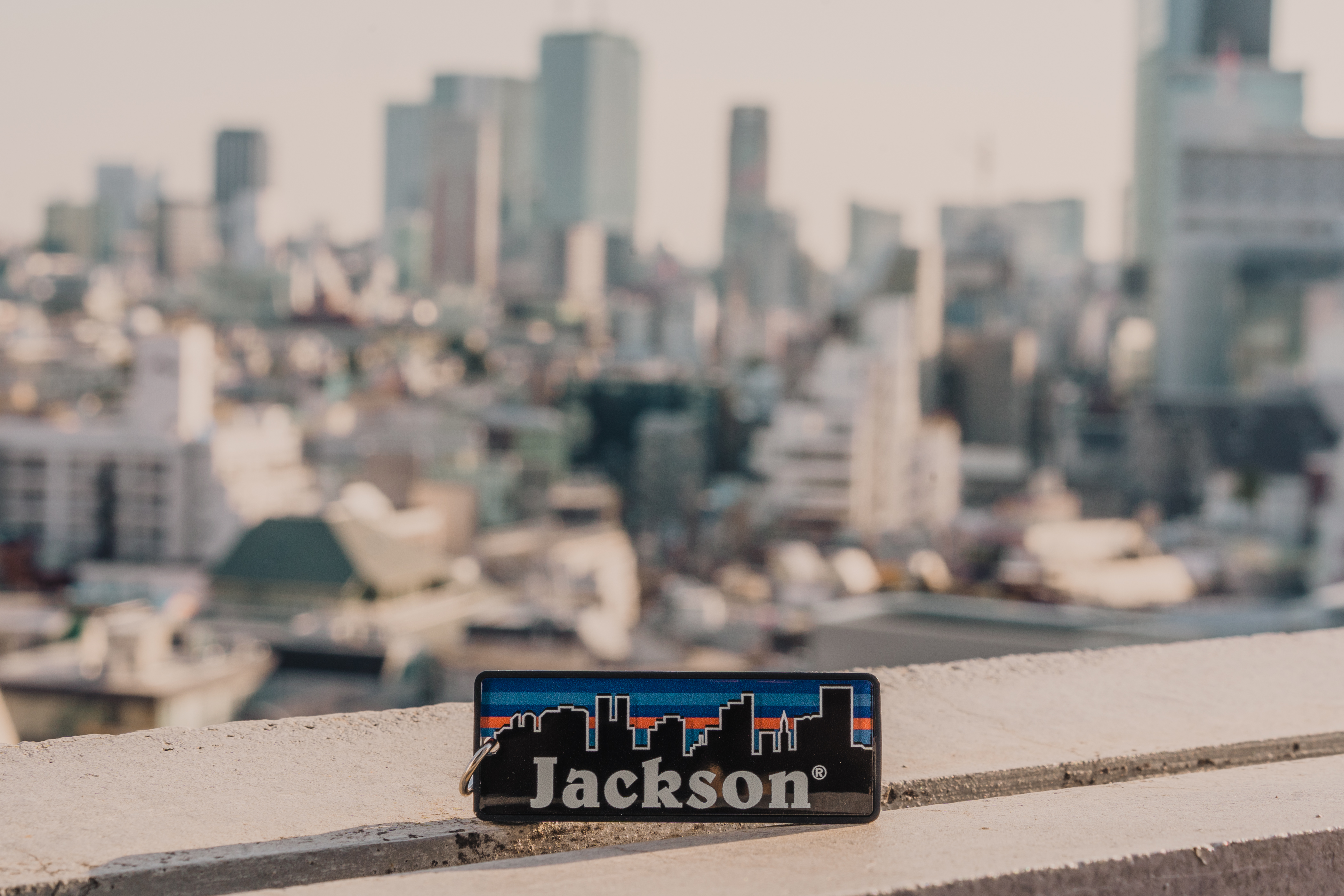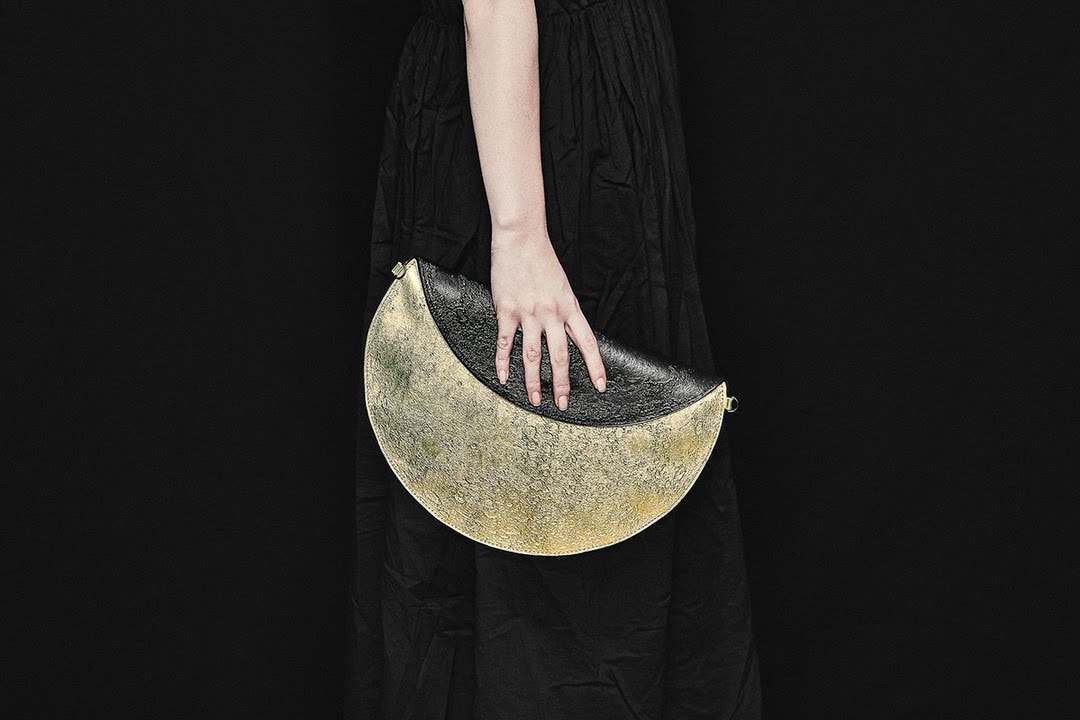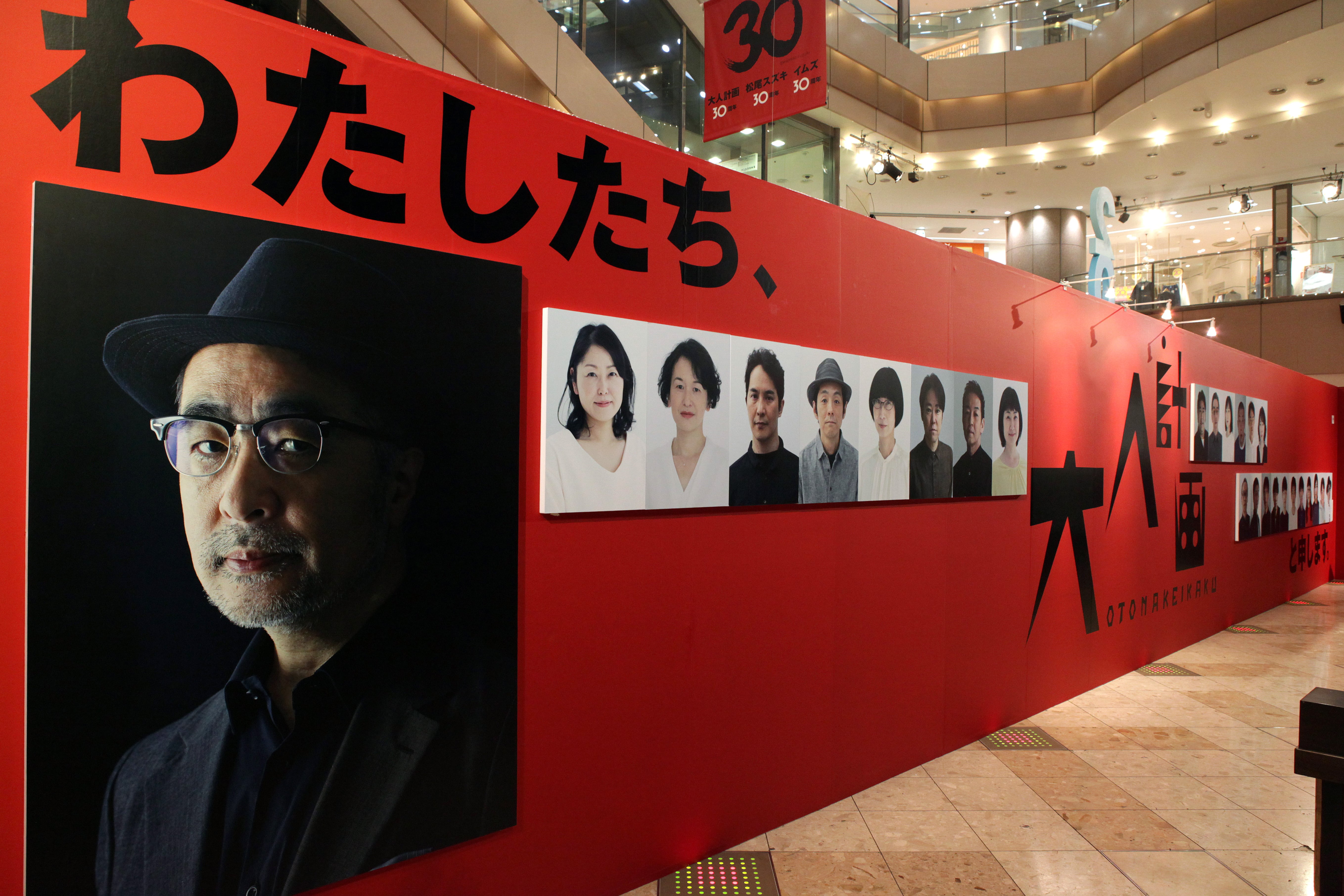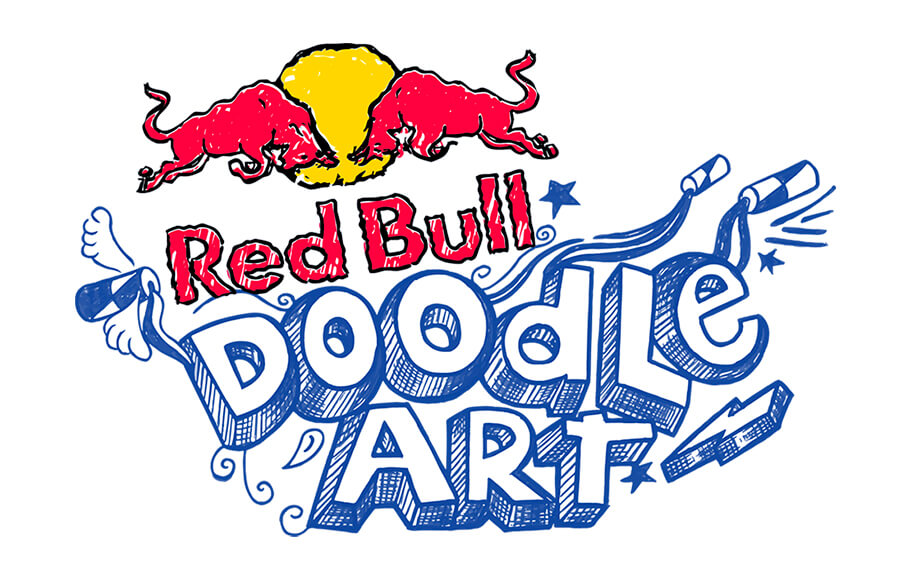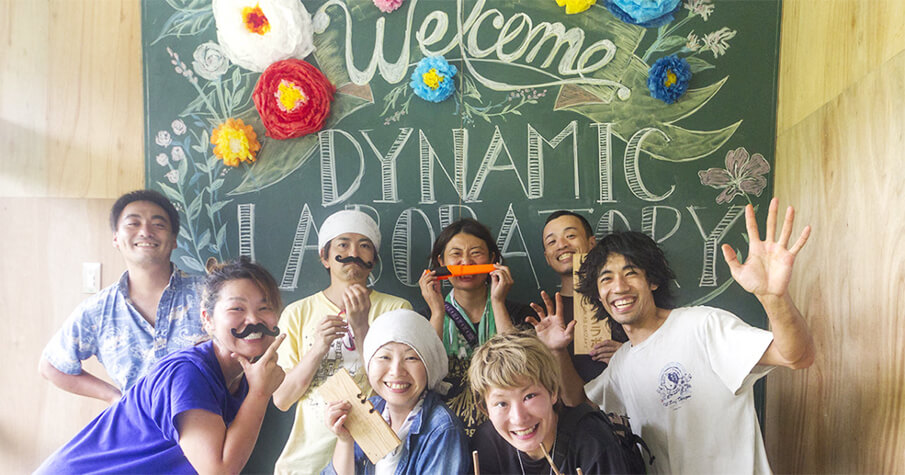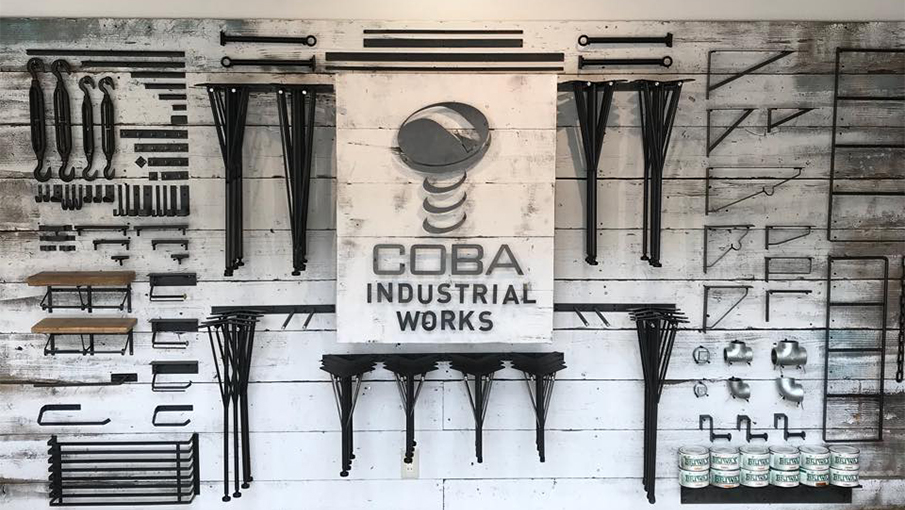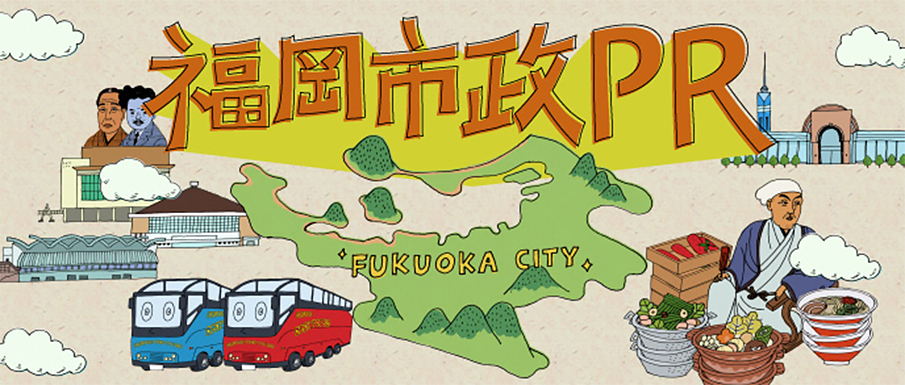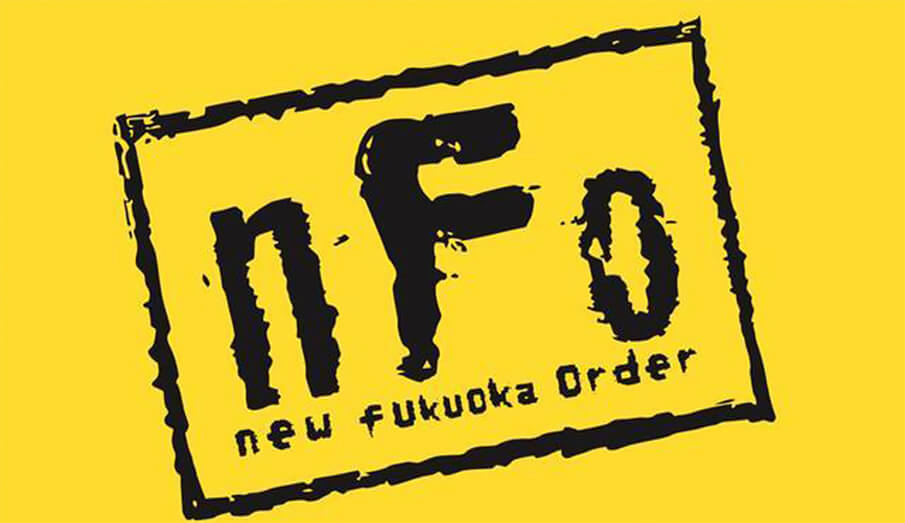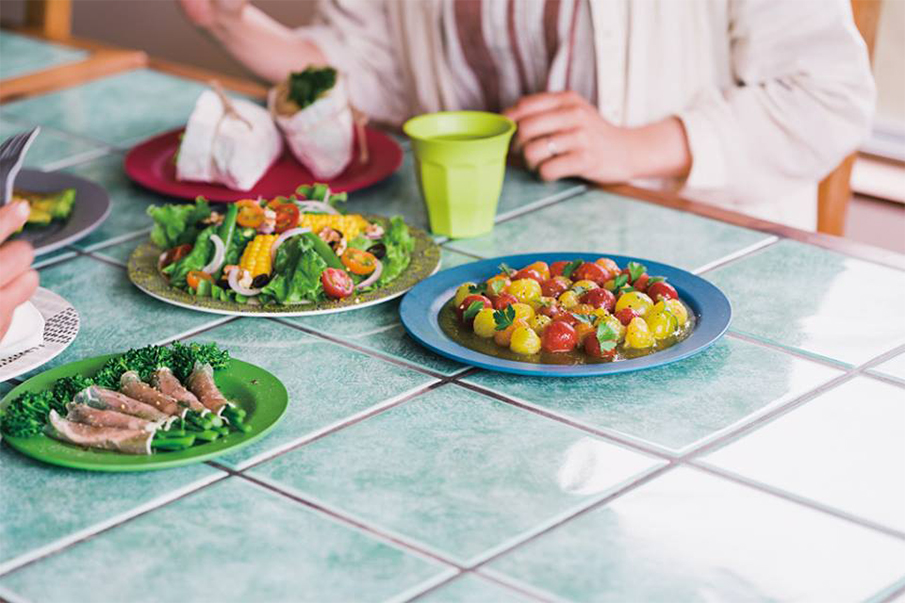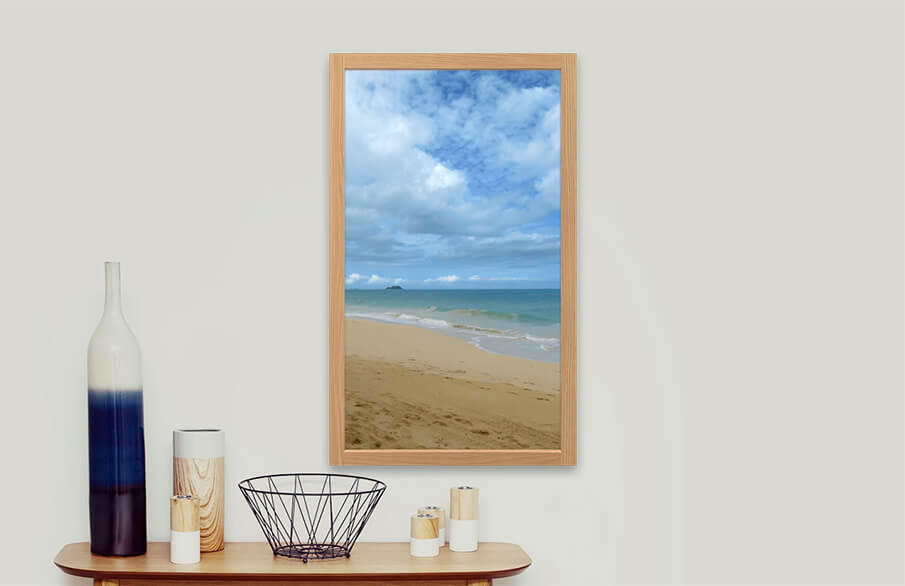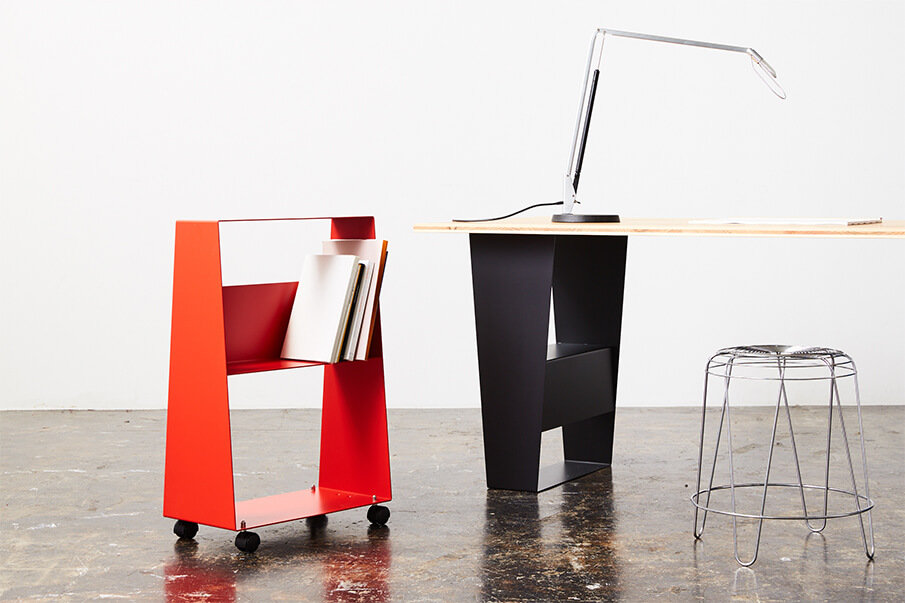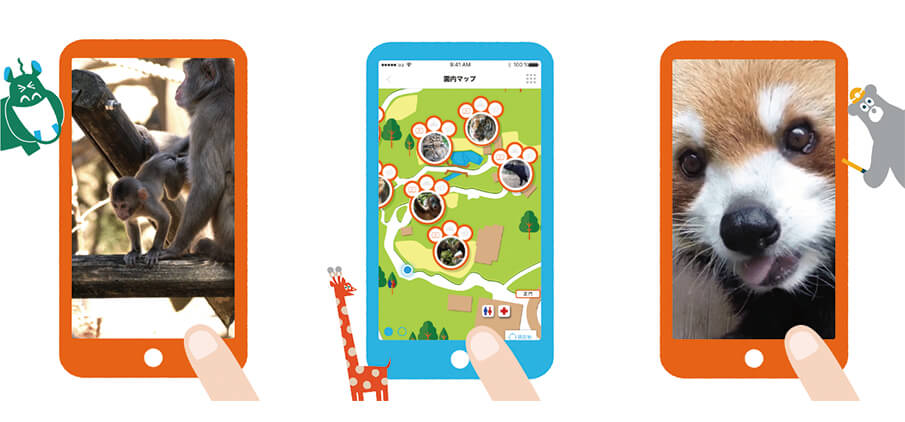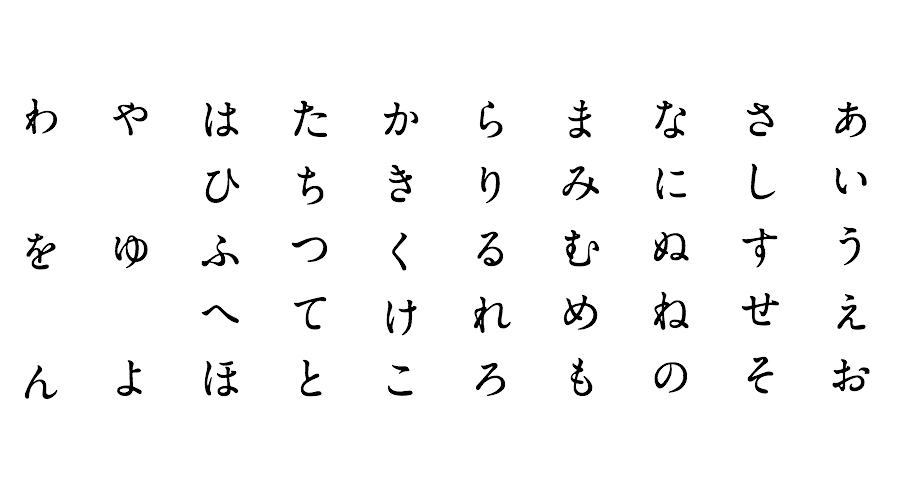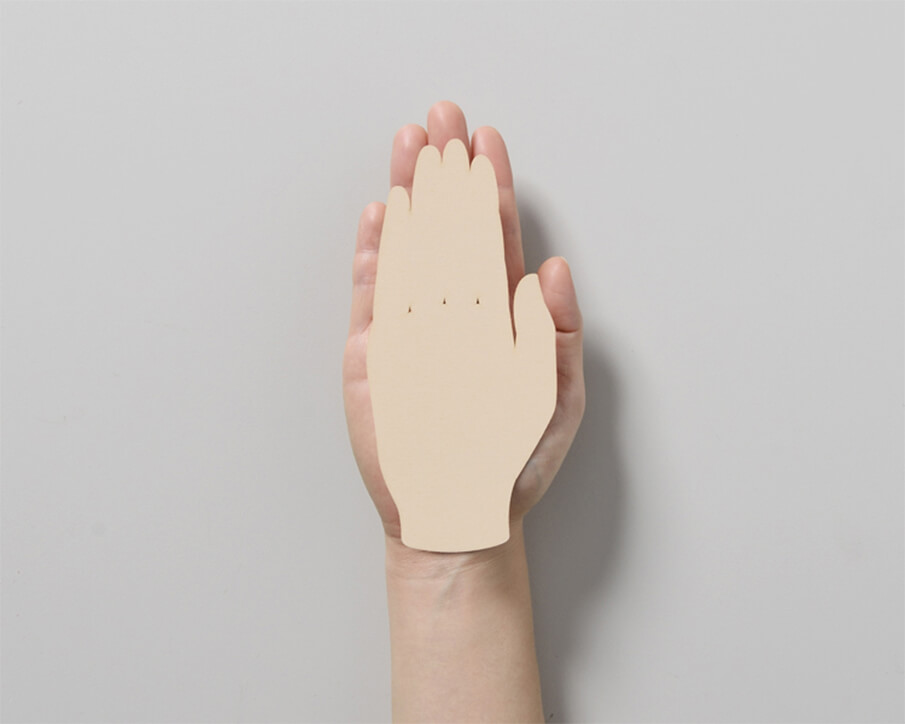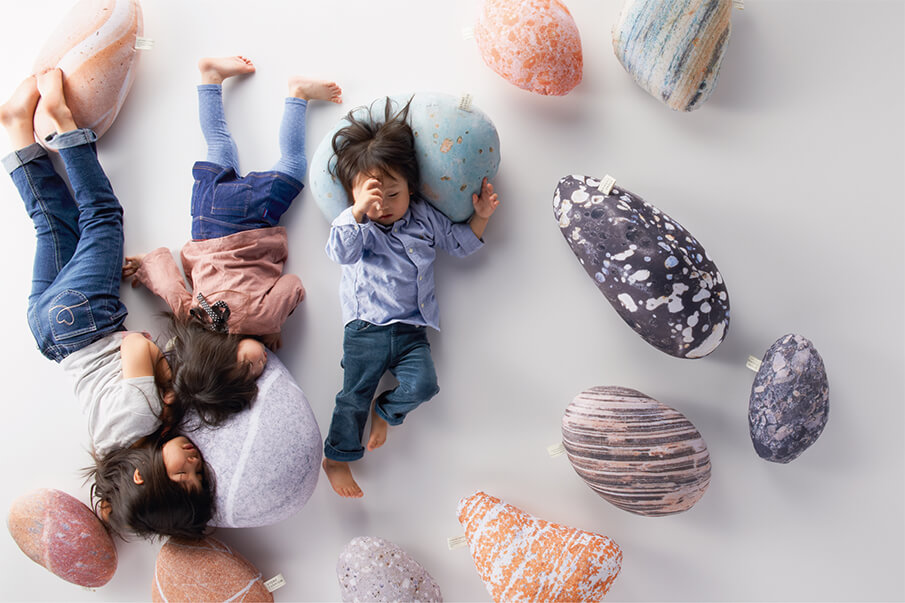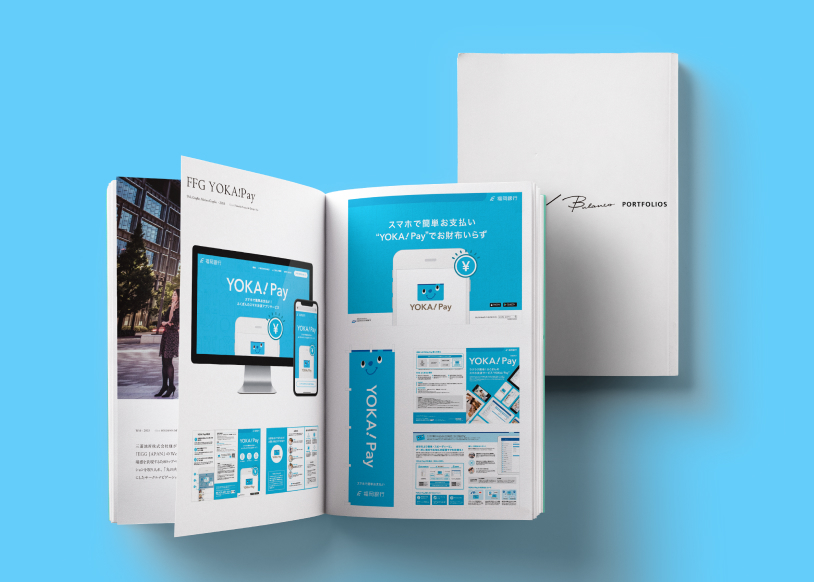Virtual fashion: the future of the fashion industry?
While working on my project at MediaLAB Amsterdam last year, I was also helping another team out with their sound design. The topic they were working on was virtual fashion, and although fashion has never been a big interest of mine, I found what they were working on fascinating. Having one of the teammates as a housemate and many interesting conversations with her also changed my view on the topic. June the 1st they gave a big presentation on their project, which shows I am certainly not the only one excited about virtual fashion, and there are many developments happening in this area at the moment.
What I found most interesting to hear is that virtual fashion is a development that can actually have a big impact on the world. If you think of it, many clothes are being produced every day, requiring resources such as water and energy and human labour. But there’s no guarantee that these clothes will all be bought and worn.
However, as my housemate pointed out, there is software that allows 3D body scanning and designing fashion virtually. This means we could let someone view and try on the clothes virtually, get it custom made for their figure with the 3D body scanning technique, and after that produced. It would tailor the supply much better to the demand. These techniques are now becoming more mainstream, and shops are cropping up that use 3D body scanning techniques to make for example tailor made suits and bras.
However, virtual fashion can also allow for alternative ways of presenting fashion, and gives people the opportunity to develop and explore their ‘virtual identities’. The MediaLAB Amsterdam project I was talking about is an example if this. They created a virtual fashion show called Second Sight, which is a virtual world that you can enter by putting on a Google Cardboard (offering a Virtual Reality experience similar to an Oculus Rift). Here you can view the models and clothing virtually, and if you like something you can order it afterwards.
One of the ideas behind Second Sight was also, as my housemate explained to me, to give everyone the chance to be ‘front row at the fashion show’, and make fashion more accessible. Creating the experience wasn’t that easy however, as they had to use the 3D animation software Maya and 3D design software Clo 3D. But I think the result in the end definitely paid off. Here you can read more about the project and see the promo video for if you’re interested:
A similar but newer example is the Motion Tracking and Virtual Reality experience made for Westfield’s Future Fashion in March / April this year.
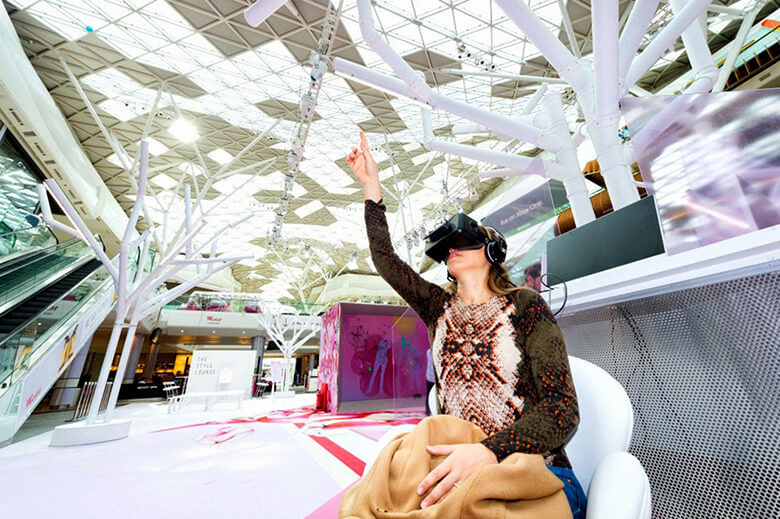
引用元:http://trendvm.blogspot.jp/
Here customers could view and interact with the clothing in a virtual environment, by wearing the Oculus Rift and performing certain gestures. Customers could also interact via motion capture with the visuals projected on a large screen, which represented the themes of the collection being presented.
These are just a few examples of how technology and virtual reality is changing the fashion world, but I’m sure this field will develop quickly over the years to come.



